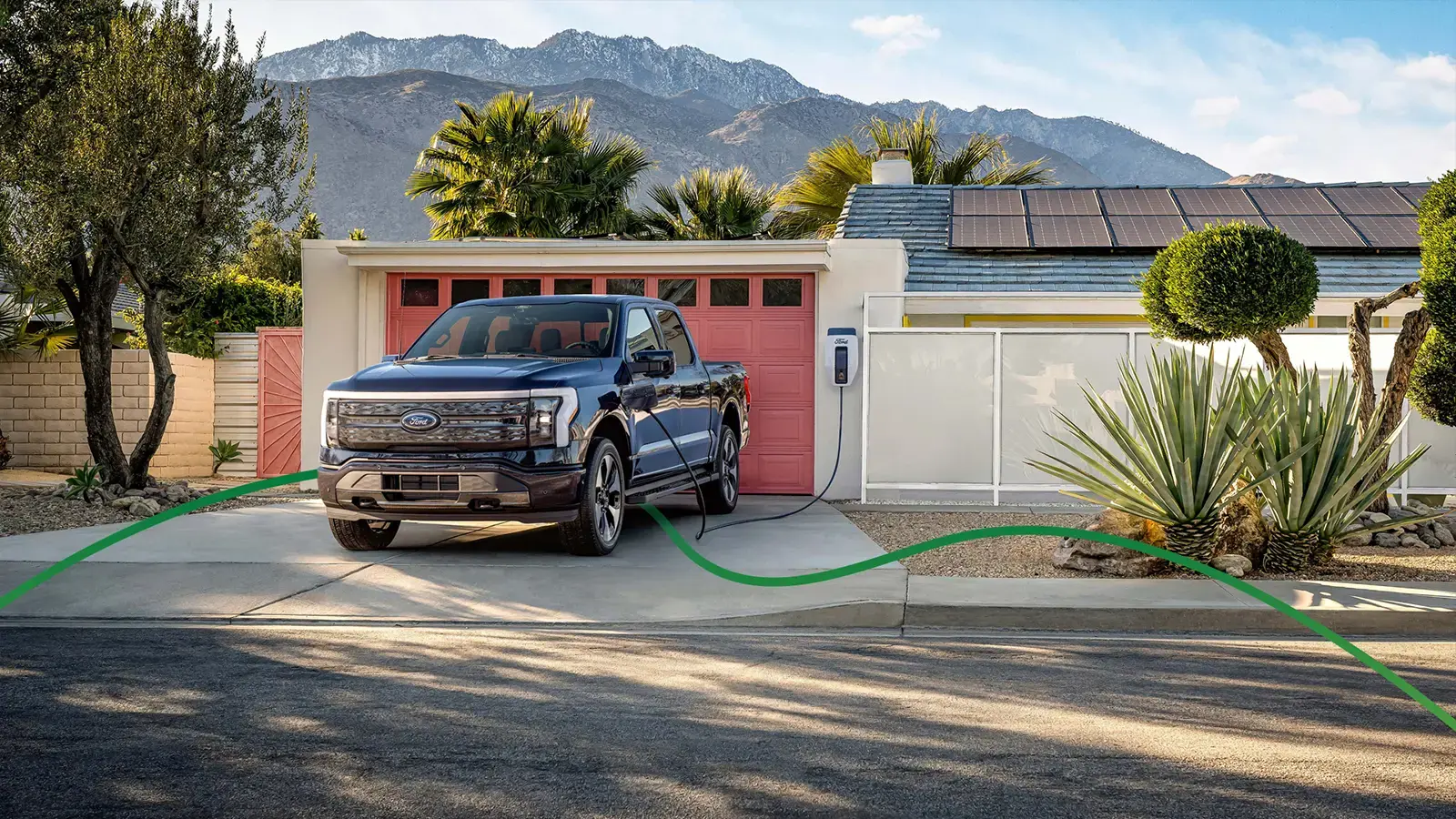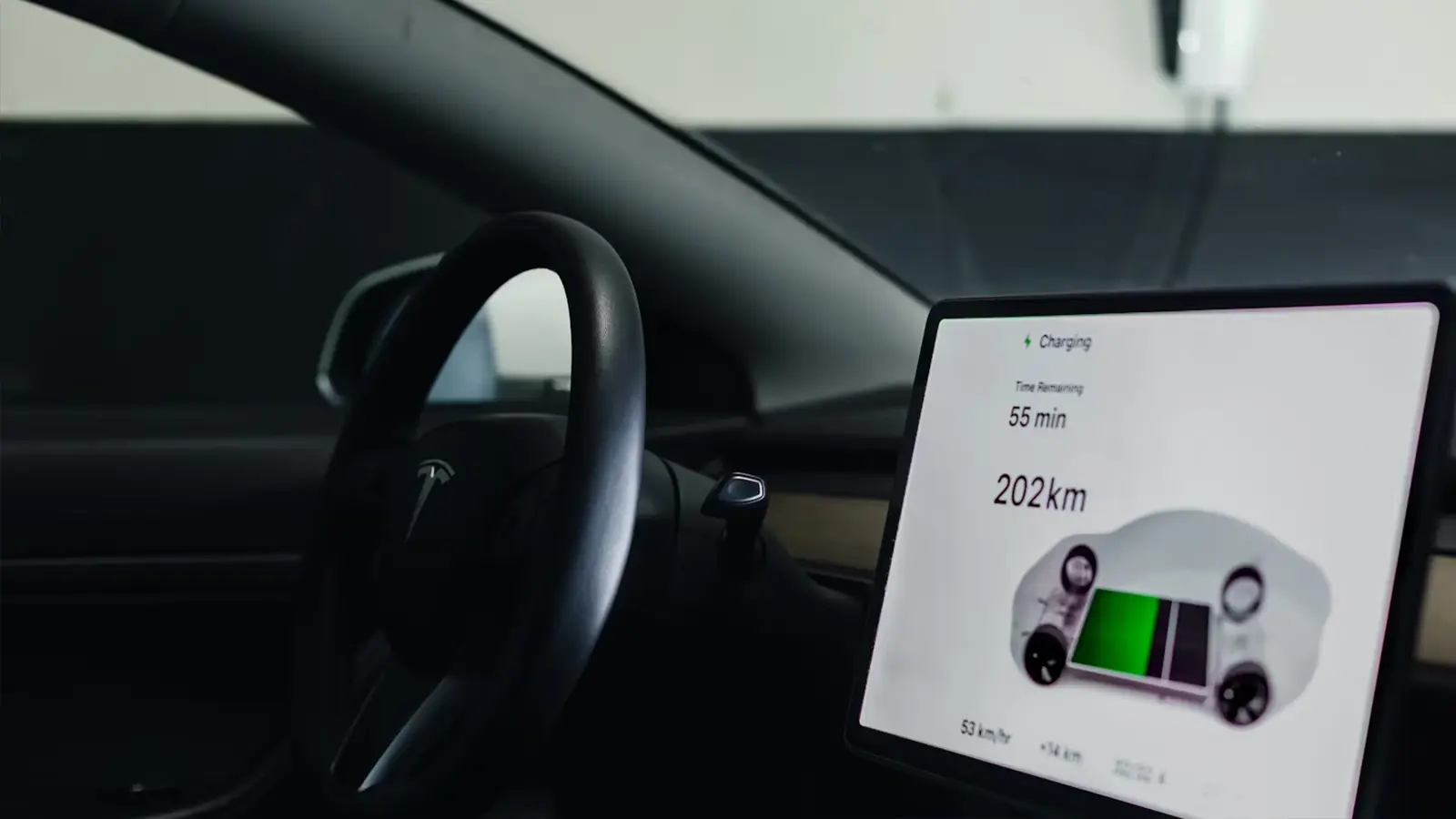Maximize Your EV Range
Electric vehicles (EVs) are efficient by design, but how you drive and care for your vehicle can make a big difference in how far you go on a single charge. Whether you're commuting, running errands, or planning a weekend trip, these proven strategies will help you get the most out of every mile.
This guide offers practical, real-world tips to extend your EV range, reduce charging frequency, and improve battery longevity.
1. Optimize Your Driving Style
Drive Smoothly
Rapid acceleration and heavy braking use more energy than gentle, consistent driving. Smooth inputs reduce strain on the battery and maximize range.
Use Regenerative Braking
Turn on or increase regenerative braking (if adjustable in your vehicle settings). It recaptures energy during deceleration and puts it back into the battery.
Avoid High Speeds
EV efficiency drops significantly at highway speeds. Even a small reduction from 75 mph to 65 mph can add dozens of miles to your range.
Want to learn how weather impacts efficiency? Check out Why EV Range Drops in Cold Weather
2. Pay Attention to HVAC and Cabin Features
Use Climate Control Strategically
Heating and cooling systems draw significant energy. In colder weather, rely on seat heaters and steering wheel warmers, which use less power than full cabin heat.
Precondition While Plugged In
If you can, warm or cool your car before you unplug from the charger. This uses wall power instead of draining the battery.
Use Eco Mode
Eco or efficiency modes can moderate HVAC use, limit throttle input, and optimize other systems for range.

3. Manage Charging Wisely
Keep Your Charge in the Optimal Zone
Most EVs perform best when kept between 20% and 80% state of charge. Only charge to 100% when necessary such as before a long road trip.
Avoid Letting Your Battery Sit Empty
Letting your EV battery drain to zero repeatedly can reduce long-term capacity and affect performance.
4. Reduce Extra Weight and Drag
Clear Out the Trunk
Every extra 100 pounds can reduce range by about 1 percent. Carry only what you need.
Ditch the Roof Rack (When Not in Use)
Roof racks and cargo boxes increase aerodynamic drag, especially at highway speeds. Remove them when you’re not using them.
5. Maintain Your Vehicle
Check Tire Pressure Often
EVs are heavier than gas vehicles and more sensitive to tire pressure changes. Under-inflated tires increase rolling resistance and reduce range.
Keep Up with Software Updates
Manufacturers often release updates that improve efficiency, range estimation, and vehicle systems. These can usually be installed over the air.

6. Use Route Planning Tools
Plan Efficient Routes
Many EVs and apps (like A Better Routeplanner or Google Maps) offer route planning that accounts for traffic, terrain, and charger locations.
Avoid Steep Elevation Changes
Climbing hills uses more energy than flat driving. When possible, optimize routes to avoid excessive elevation gain.
Learn more about improving range with How EPA Estimated Range Is Calculated
Final Thoughts
Getting the most out of your EV is about more than just battery size; it’s about how you drive, charge, and maintain your vehicle. These everyday habits can extend your range, improve your efficiency, and help you go farther with confidence.
Smart planning and small changes add up to a better EV ownership experience.
Ready to Go Deeper?
Continue exploring EV Range fundamentals:
← Go Back: Why EV Range Drops in Cold Weather
Discover Next: What Happens to EV Range as the Battery Ages? →












